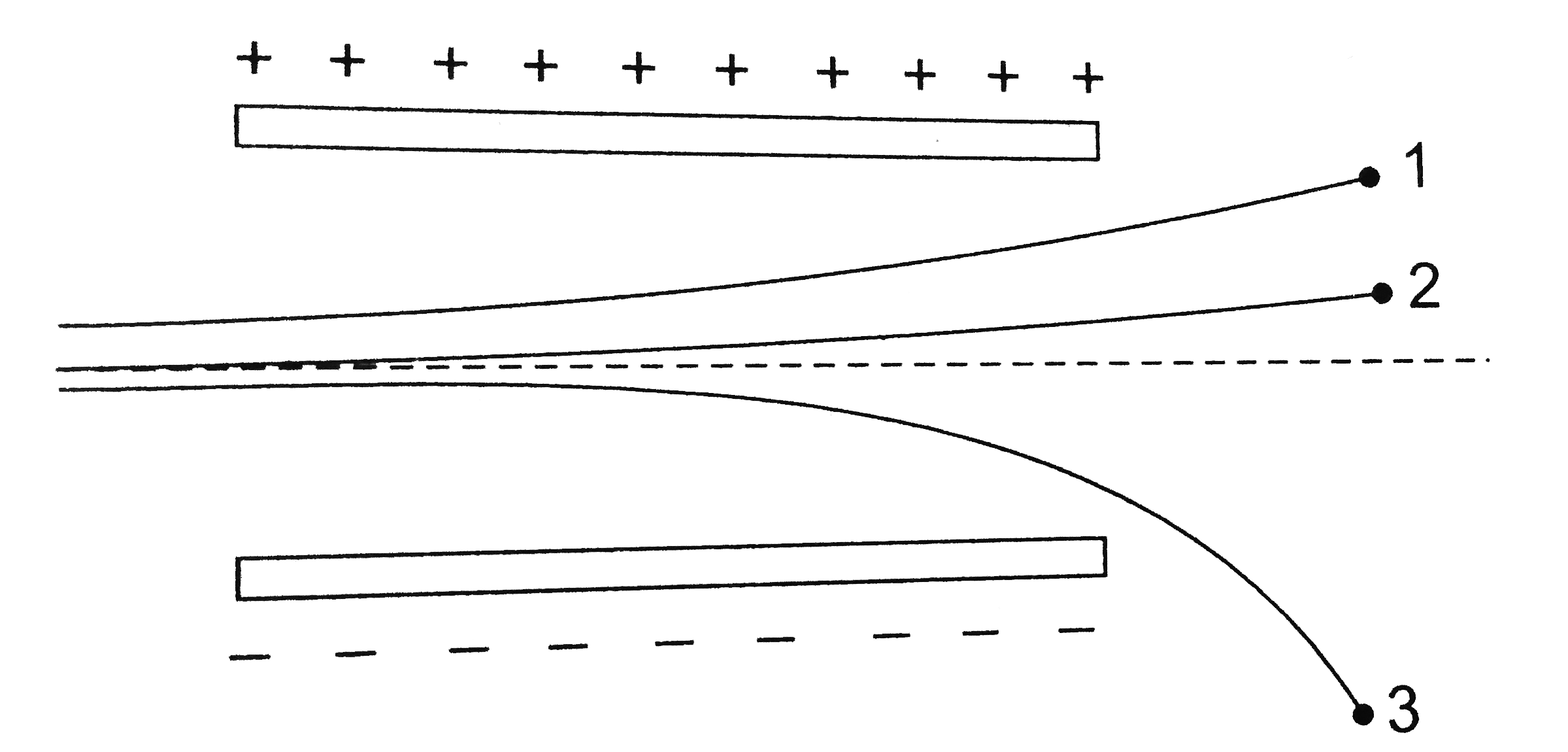Cathode rays have same charge to mass ratio as
-particles
-rays
Anode rays
Protons
The correct Answer is:B
To solve the question "Cathode rays have the same charge to mass ratio as," we will analyze the properties of cathode rays and compare them with the given options.
1. Understanding Cathode Rays:
- Cathode rays are streams of electrons emitted from the cathode in a vacuum tube.
- They carry a negative charge and have a specific mass.
2. Charge to Mass Ratio of Cathode Rays:
- The charge to mass ratio (q/m) for cathode rays is defined as the charge of an electron divided by its mass.
- Mathematically, this can be expressed as:
qm=−eme
where e is the charge of the electron and me is the mass of the electron.
3. Comparing with Other Rays:
- Alpha Particles:
- Alpha particles consist of 2 protons and 2 neutrons (He²⁺).
- They have a positive charge (due to protons) and a much larger mass compared to electrons.
- Therefore, the charge to mass ratio of alpha particles is different from that of cathode rays.
- Beta Rays:
- Beta rays are essentially electrons (or positrons, which are positively charged).
- Since beta rays consist of electrons, their charge to mass ratio is the same as that of cathode rays.
- Thus, we can say:
qm (beta rays)=qm (cathode rays)
- Anode Rays:
- Anode rays consist of positively charged ions, typically formed by the removal of electrons from gas atoms.
- Since they are positively charged, their charge to mass ratio will differ from that of cathode rays.
- Protons:
- Protons are positively charged particles with a mass much greater than that of electrons.
- Therefore, their charge to mass ratio is also different from that of cathode rays.
4. Conclusion:
- The only option that has the same charge to mass ratio as cathode rays is beta rays.
Final Answer:
Cathode rays have the same charge to mass ratio as beta rays.
---
- Cathode rays are streams of electrons emitted from the cathode in a vacuum tube.
- They carry a negative charge and have a specific mass.
- The charge to mass ratio (q/m) for cathode rays is defined as the charge of an electron divided by its mass.
- Mathematically, this can be expressed as:
qm=−eme
where e is the charge of the electron and me is the mass of the electron.
- Alpha Particles:
- Alpha particles consist of 2 protons and 2 neutrons (He²⁺).
- They have a positive charge (due to protons) and a much larger mass compared to electrons.
- Therefore, the charge to mass ratio of alpha particles is different from that of cathode rays.
- Beta Rays:
- Beta rays are essentially electrons (or positrons, which are positively charged).
- Since beta rays consist of electrons, their charge to mass ratio is the same as that of cathode rays.
- Thus, we can say:
qm (beta rays)=qm (cathode rays)
- Anode rays consist of positively charged ions, typically formed by the removal of electrons from gas atoms.
- Since they are positively charged, their charge to mass ratio will differ from that of cathode rays.
- Protons:
- Protons are positively charged particles with a mass much greater than that of electrons.
- Therefore, their charge to mass ratio is also different from that of cathode rays.
- The only option that has the same charge to mass ratio as cathode rays is beta rays.
Cathode rays have the same charge to mass ratio as beta rays.
Similar Questions
Knowledge Check
Cathode rays were discovered by
AMaxwell Clerk JamesBHeinrich HertzCWilliam CrookesDJ.J. Thomson
Figure shows tracks of three charged particles crossing a uniform electrostatic field with same velocities along horizontal. Give the sign of the three charges. Which particle has the highest charge to mass ratio?

View SolutionFigure shows tracks of three charged particles crossing a uniform electrostatic field with same velocities along horizontal. Give the sign of the three charges. Which particle has the highest charge to mass ratio?

View SolutionThe charge to mass ratio of α− particles is approximately to the charge to mass ratio of protons:
View SolutionWhich of the following species has maximum charge to mass ratio?
View SolutionCathode rays have mass and possess kinetic energy.
View SolutionIf cathode rays are projected at right angles to a magnetic field, their trajectory is:
View SolutionWhat changes in a discharge tube used for producing cathode rays are required to obtain anode rays?
View Solution
